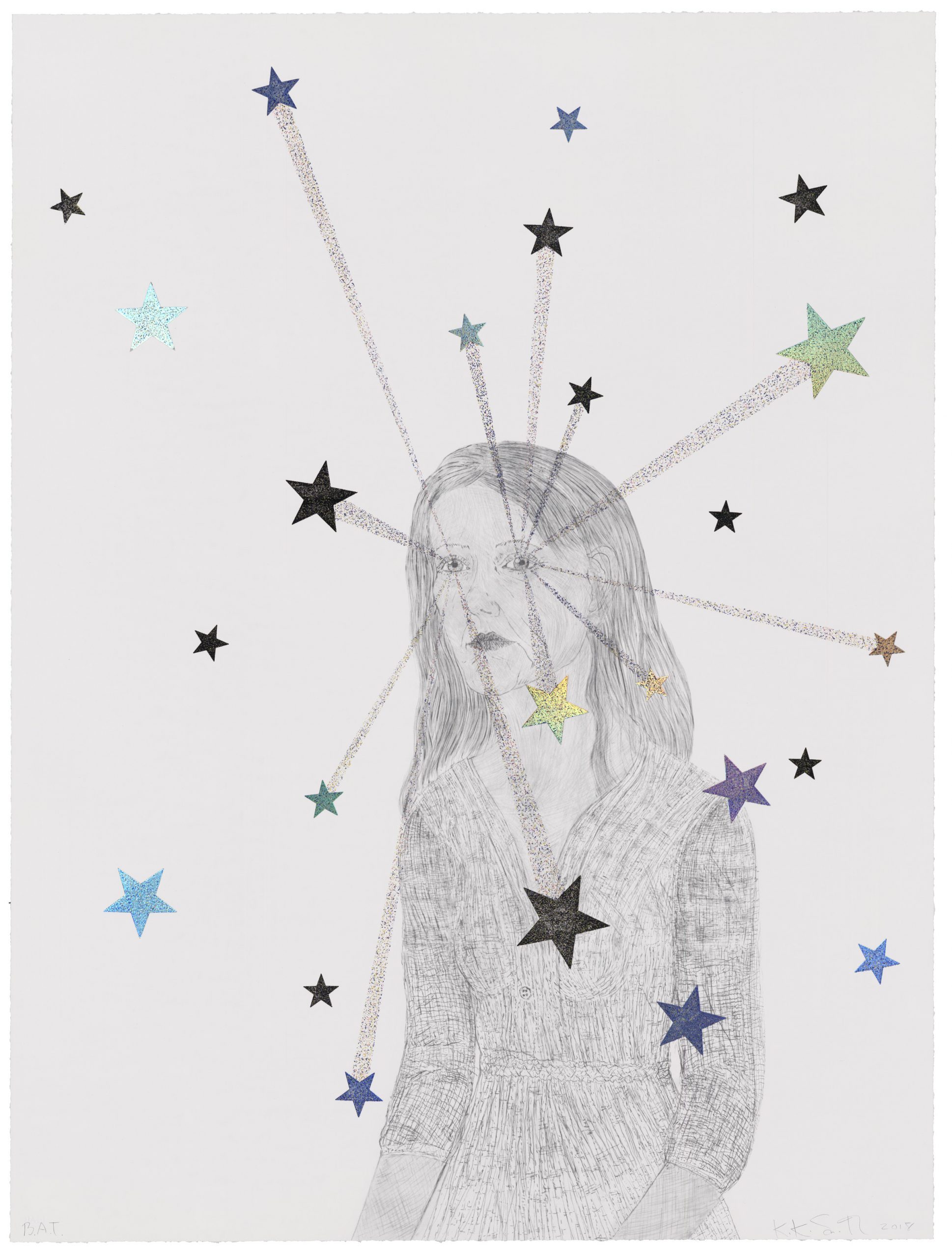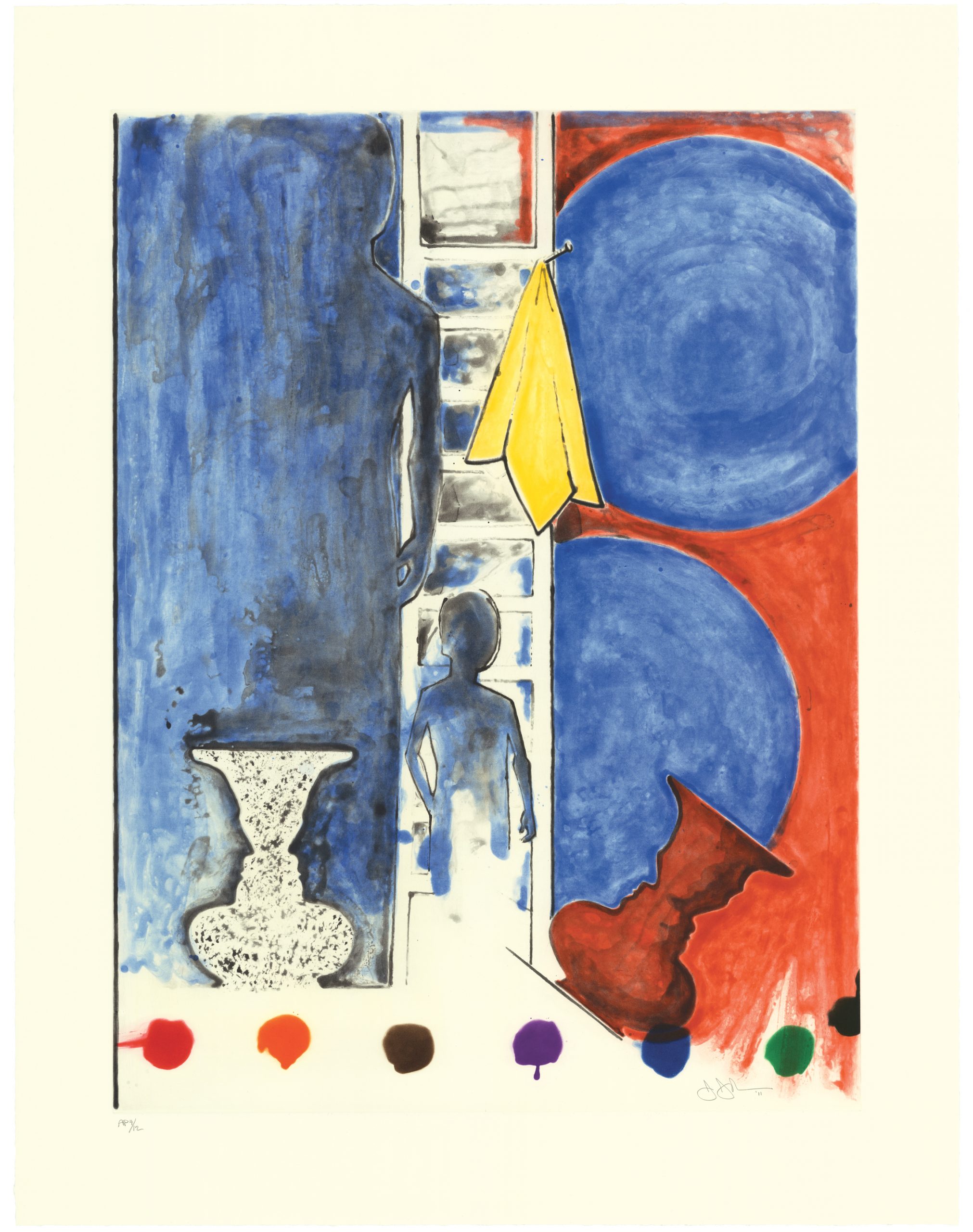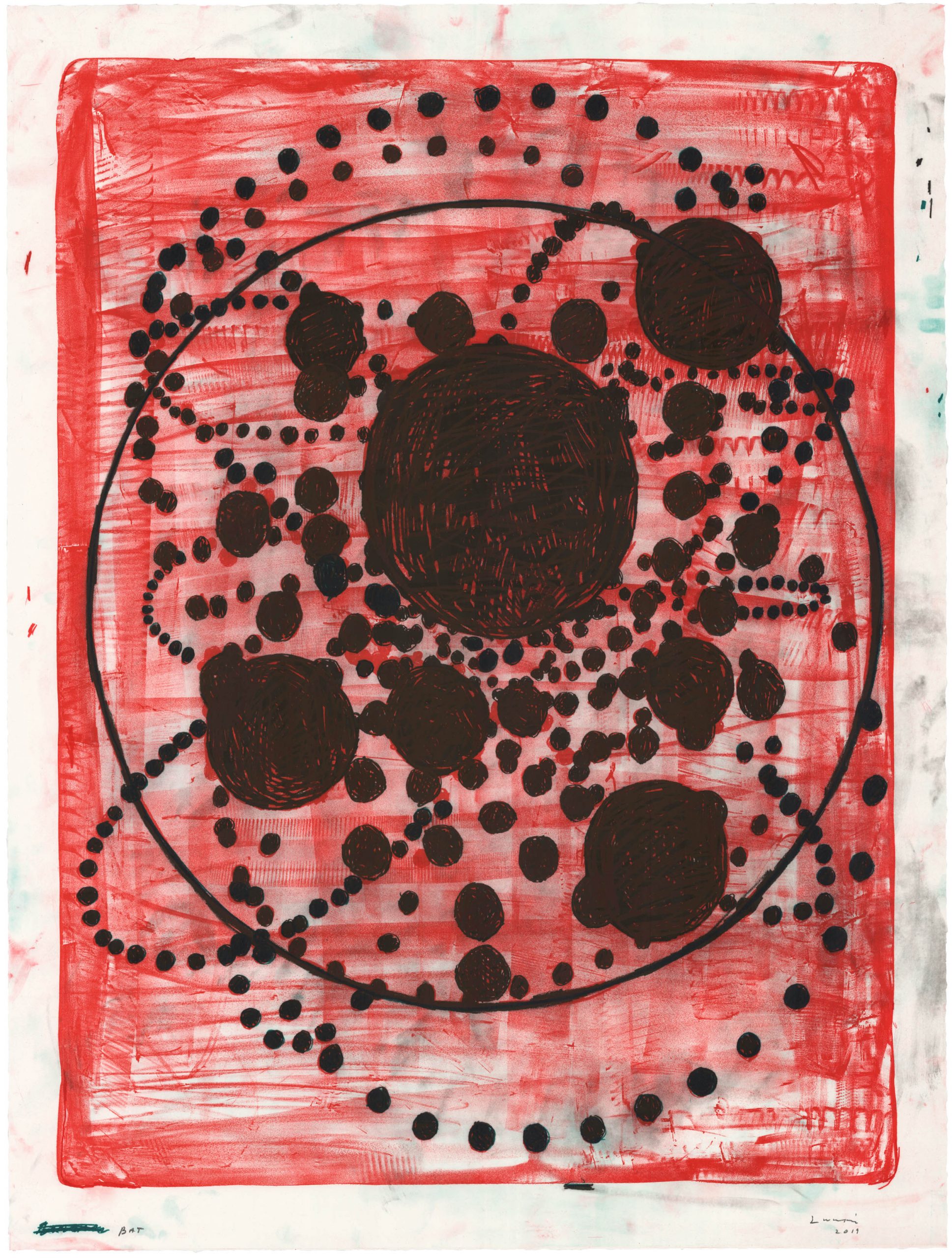The Print Center is very pleased to announce the 95th ANNUAL International Competition juried by David Campany and Larissa Goldston. Campany is Managing Director of Programs at the International Center of Photography, New York and Curator of the 2020 Biennale für aktuelle Fotografie in Germany. Goldston is Director of Universal Limited Art Editions (ULAE), the renowned fine art print publisher in New York.
The ANNUAL is one of the oldest and most prestigious competitions in the United States. The Print Center is particularly interested in highlighting local, national and international artists who utilize photography and printmaking in new and intriguing ways, both in content and process.
FINALISTS
Kevin Claiborne
Robin Crookall
Henry Gepfer
Adriane Herman
Gregory Eddi Jones
Dawn Kim
Joe Leavenworth
Rita Maas
David Rothenberg
Cleo Wilkinson
SEMIFINALISTS
Noah Addis
Aarati Akkapeddi
Eric Avery
Yael Azoulay
Steven Baris
Becky Blosser
James Boychuk-Hunter
Adam Cable
Kyle Chaput
Nene Aïssatou Diallo
Leah Dyjak
Farimah Eshraghi
Nancy Floyd
Asuka Goto
Evan Hume
Paho Mann
Michelle Martin
Lilly McElroy
Eileen Neff
Nandita Raman
John Schlesinger
Jay Seawell
Vaune Trachtman
Sara J. Winston
Torrance York
ABOUT THE JURORS

David Campany is a photo curator, writer, educator and Managing Director of Programs at the International Center of Photography (ICP), New York. He was the Curator of the three-city, six-museum Biennale für aktuelle Fotografie, The Lives and Loves of Images, Germany, 2020. His books include: On Photographs (Thames & Hudson: London and MIT Press: Cambridge, 2020); So Present, So Invisible (Contrasto: Milan, 2019); A Handful of Dust (MACK: London, 2015); Walker Evans: the Magazine Work (Steidl: Göttingen, 2014); The Open Road: Photography and the American Road Trip (Aperture: New York, 2014); Gasoline (MACK: London, 2013); Jeff Wall: Picture for Women (Afterall: London and MIT Press: Cambridge, 2010); and Art and Photography (Phaidon: Vienna, 2003). Campany has worked worldwide with institutions including: The Museum of Modern Art, New York, NY; Stedelijk Museum Amsterdam, Netherlands; Tate Liverpool, England; National Portrait Gallery, The Photographers' Gallery and Whitechapel Gallery, all London, England; and the Centre Pompidou, Paris, France.
 In 2003, you published your seminal book Art and Photography (Phaidon). If you could update it in 2020, what would you now include?
In 2003, you published your seminal book Art and Photography (Phaidon). If you could update it in 2020, what would you now include?That book has been republished several times, and it’s still in print, miraculously, but it was never updated. I don’t think I’d want to update it. Most art books should be left as they are, and if they survive, it’s either because they still feel contemporary or they become valuable period pieces. I’ll leave the reader to decide about that particular book! Also, updated books remind me of aunts and uncles still trying to prove they can disco-dance. Not a good look.
What should we expect from your forthcoming and much-awaited publication On Photographs (MIT Press, 2020),  which, through your selection of 120 images, explores how – not just what we think about photographs.
which, through your selection of 120 images, explores how – not just what we think about photographs.
This book is a delayed reply to Susan Sontag, who a long time ago suggested I write it (I met her when I was an undergrad). It is a book on photographs, rather than on photography. I always start from the specifics, of specific images, rather than the abstract category or phenomenon of ‘photography’. So, it’s a book about the specifics of looking – about how we look, and how we think about what we’re looking at. It’s an attempt to cultivate a complex how. It’s not a book telling you why these images are good. There are enough opinionated books out there already.
What are your thoughts on the relationship between analog and digital photography?
If light is hitting a light-sensitive surface, whether it’s chemical or electronic, it’s analog.
How does the Internet shape your work as a writer and curator of photography? How have the Internet and platforms like Instagram changed the landscape of photography today?
It’s changed it in all the obvious ways we know. Algorithms, which are really a refinement of ideology, have entrenched and deepened the image landscape that was already there. I’m currently rereading a lot of the early commentators on the medium, like William Henry Fox Talbot and Oliver Wendell Holmes. They predicted quite clearly the image world we are familiar with here in the 21st century. The potential was there from the start. That’s kind of humbling.
When reviewing work for a competition like this, how do you take into consideration process versus content?
Photography can be talked up or talked down. We see lots of not so good photography being talked up or explained. As if what we read or hear will automatically redeem and deepen what we see. Occasionally it does. Most often it doesn’t. If one talks a photograph or photographic project down, if one gives the worst account of it possible, and there’s still something compelling about it…well, that’s the work. That’s what needs taking into consideration.
You recently were appointed the Managing Director of Programs at the International Center of Photography (ICP) in New York. What does this new role entail?
I straddle the curatorial program of the ICP and the school of the ICP. An ideal job for me, as this is what I’ve done for a while now – working as a curator and as an educator. Now it’s all under one roof, and a very nice roof it is, too. The ICP has brand new premises on the Lower East Side with an amazing suite of galleries. I arrived about a week before the [COVID-19] shutdown, sadly. But I’m looking forward to really getting to work. Lots of plans brewing!
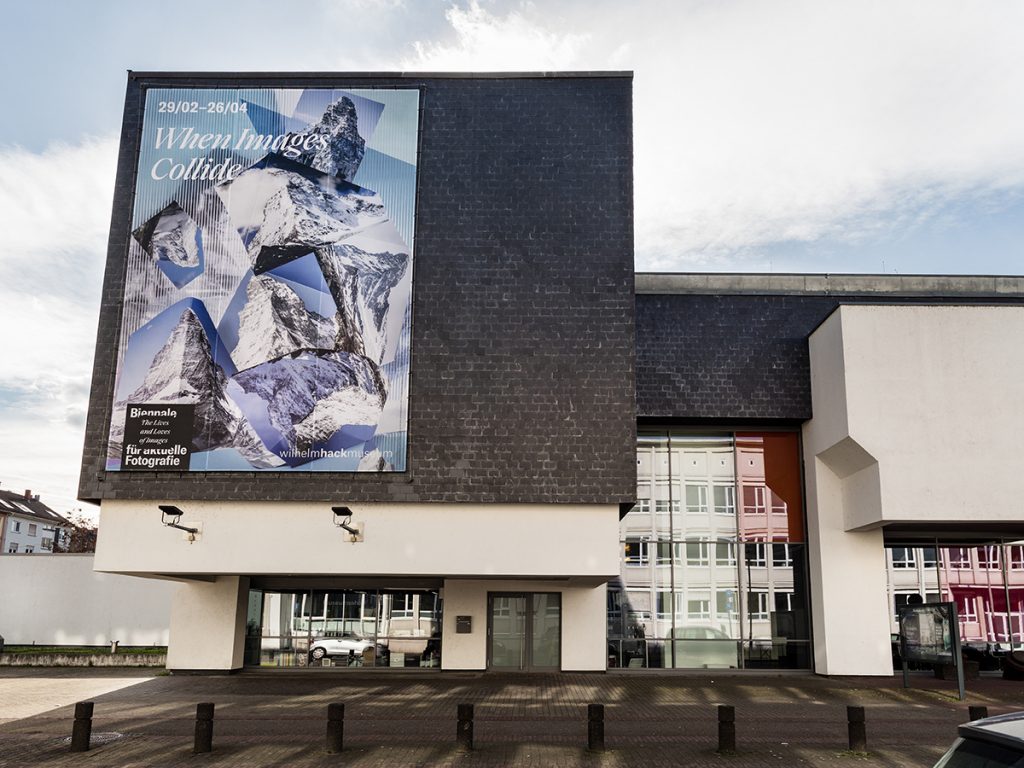

The COVID-19 pandemic has disrupted the life and work of people around the world. A number of your projects have been directly affected, like the Biennale für aktuelle Fotografie in Germany, which you curated. Entitled The Lives and Loves of Images, it posited that “photography has come to symbolize the extremes of contemporary society.” That seems eerily prescient. How did the dichotomies of photography take shape in the exhibition?
The heart of the Biennale is six large thematic shows. They’re all very different, but they explore the mobility of photographs across time, contexts and platforms: between art and commerce, between documentary and art, between the single image and the assembly of images, between ‘original’ and reproduction, and between past and present. Sudden shifts in contemporary society are bound to cast new light on even recent cultural practices. The Biennale closed after only a week or so, but it resurfaced very quickly as a set ofonline virtual tours. I was saddened of course, but in a way, that’s part of the life of images, particularly photographs. Photographs belong everywhere and nowhere. No context, culturalmoment or platform is sovereign in the last instance, regardless of whether audiences or image makers prefer so see them in one setting and not another. The Biennale then reopened to the public, but all exhibitions are ephemeral. We tried to make the catalog as lovely as possible, and I’m doubly glad we did. Books last longer than shows or websites.
What projects are you excited to be working on now and/or in the coming months?
I’m overseeing the coming shows at the new ICP. I continue to work closely on the books of photographers I admire. Editing and writing. Next up is Mark Neville’s remarkable project Stop Bombs with Books. I’ve been without my library for a couple of years, and in that time I’ve written a lot of image-related fiction. I shall see if I can publish some more of this.
How do you think photography can be used – to positive ends – in the midst of this pandemic?
These are strange times, and nobody knows exactly what is “positive” and how to achieve it, especially in image form. What if a photograph you and I consider to be a negative cliché or irredeemable stereotype actually prompts a reactionary government senator to fight harder to combat climate change, or secure better healthcare for the working class, or guarantee women’s reproductive rights? What if well-meaning photographic art actually has more positive effects when it raises money in a charity print sale for a hospital than it does through the other meanings it might convey? I’m being provocative here, I know, but we can’t avoid considering these questions.
What are your hopes for the art world in the wake of this pandemic?
I think these days whenever we hear the phrase “art world” it has pretty negative connotations. The bloatedness. Money creating taste. The greasy pole of social advancement. The paranoia. The anxiety. The avarice. The virtue signaling. All that nonsense. There should be art in the sense that we should all be able to live imaginatively. A good teacher is an artist. A pioneering surgeon is an artist. Somehow, our culture has assumed that the artistic life is pursued by quite a narrow group in society. Art world? To be honest, I try to think about it as little as possible. Photography has always interested me because it belongs to art and it doesn’t. The inevitable tension is what is so fascinating and generative.
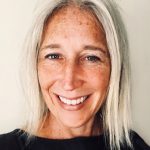
Larissa Goldston is the Director/Owner of Universal Limited Art Editions (ULAE), as well as a New York-based private art advisor. Goldston, whose father Bill has been associated with ULAE since the 70s, grew up spending time at the studio with artists such as Helen Frankenthaler, Jasper Johns, Robert Rauschenberg and James Rosenquist. She received a BA from George Washington University, Washington, D.C., and then worked at the Smithsonian American Art Museum. In 1993, she returned to ULAE; from 2005 to 2014 she ran a gallery in New York City which represented ULAE along with mid-career and emerging artists. For the last 15 years, she has lectured throughout the U.S. about contemporary printmaking and the vital role ULAE has played in its history. In addition, she organizes a series for young collectors entitled "Conversations on Prints," featuring gallery directors, collectors and curators speaking about collecting art and the accessibility of prints. Goldston is a member of the Board of Directors of the International Fine Print Dealers Association (IFPDA).
Universal Limited Art Editions (ULAE) was founded by in 1957 by Tatyana Grosman, a woman and an immigrant. In 1969, your father Bill Goldston, a master printer, joined ULAE, eventually becoming its Director and Owner, a position he now shares with you. Over the years, ULAE has worked with dozens of legendary artists, including Jasper Johns, Helen Frankenthaler, Marisol and Cy Twombly. More recently you have published work by Sam Moyer, Nathlie Provosty and Eddie Martinez, who represent a younger generation. It’s well known that ULAE considers the artists it works with as “family.” What principles guide you in developing collaborations with artists? What elements or factors do you consider essential for your most successful collaborations?
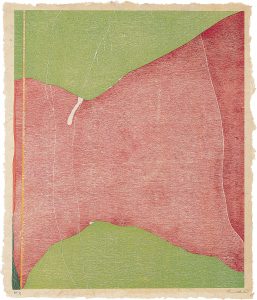
It is true that ULAE considers all of the artists we work with to be part of our family.
There are so many amazing artists; we couldn’t possibly work with them all! Selecting artists to work at ULAE has always been a very organic process. It is somewhat intuitive, sometimes serendipitous and often at the recommendation of another artist with whom we have worked. ULAE does not base our decision to work with an artist on their current place in the art world – we base it on who is making work most inspiring to us at any particular time.
Often artists are pulled in so many directions that they don’t have the time to commit to making prints. We are very clear that working at ULAE means making a commitment to the medium, and that generally means a lot of time in the studio. After that is established, the printers learn to read the artists – getting inside their brains – so that they are able to understand what the artist needs, often before the artist understands. The collaborative relationship that occurs at ULAE is very intimate, so it is important that the personalities are a good fit. We spend so much time together, much of it in intense creative development, through which a relationship develops rapidly.
When reviewing work for a competition like this, how do you take into consideration process versus content?
This is a complicated question, because I believe that every good work has both. I have seen a lot of prints in my lifetime, and those that hold my attention usually have a story behind them. The story can be visual or technical – can I figure out what it means or can I figure out how they made it? I’m always fascinated by work in which I can’t figure out how the final image was achieved. That is constantly happening a ULAE – I step away from the creative process, and when I return, the printers/artists have come up with a new way to print it that I can’t figure out. I love that! When I am reviewing work for a competition, I don’t have the luxury of having a printer working alongside me to discuss the technique, so I have to trust my eye and my intuition.
ULAE has the capacity to print in a number of techniques from lithography to screenprinting. What are your thoughts on the relationship between traditional printmaking techniques and digital processes? What projects are you excited to be working on right now and/or in the coming months?
The question of digital processes comes up often. Scholars shunned it at the beginning – some still do. ULAE took another path. From the very beginning, we decided to embrace the medium - to explore it in every way possible, to work with the companies developing the inks and the papers so we understood its possibilities. We also purchased a Phase 1 digital camera (which had a digital scanning back) and this opened up so many possibilities. As soon as we could purchase a large scale digital printer, we did. We began experimenting with all of the equipment so that we would be able to teach artists how to work with the medium. Our first print incorporating the “digital” medium was The Sun by Carroll Dunham in 2000. We printed yellow with the digital printer and then soaked the paper and laid down an etching plate on top of it. It was ground breaking. After that, Jane Hammond had an idea to photograph herself with the Phase 1 camera, then digitally place tattoos all over her body. While she worked with a printer on scanning her lexicon of images and placing them on her body (this was years before Photoshop was as easy to use as it is now, so it took days to work out how to wrap the tattoos around her legs/arms to look natural), we collaborated with a Japanese papermaking company to develop a handmade paper that could handle the ink. The result was a life-sized image of a tattooed woman from behind. Most recently, we worked digitally with Lisa Yuskavage. She was having a hard time creating the rich color so prevalent in her paintings in printmaking. She and my father worked closely for months on a group of images: first she drew on litho stones, then we printed them, scanned them and blew them up. Finally, we printed them digitally with all sorts of color variation in the background. She loved them and used them as a base for pastel drawings. Digital printmaking is a marvelous tool as far as we are concerned!
We have so many incredible projects that we either just finished or that are in the works. Just before the COVID-19 crisis, we finished a Martin Puryear lithograph and a set of 9 etchings with Kiki Smith. We also finished a couple of Carroll Dunham lithographs. We have four magical prints with Charline von Heyl almost finished. We are just beginning production on a set of Christopher Wool etchings and a new project with Wyatt Kahn incorporates 18 panels printed on one sheet – each using a different form of printmaking. Marina Adams continues to make fantastic painting/prints on handmade paper. Eddie Martinez is working on monoprints. And I have a few secrets in my bag …new artists that I recently approached about working with ULAE.
I’ve been enjoying following you on Instagram (@larissagoldston), where you post photos of the artworks in your home. What are some of your favorite works to live with?
Oh my gosh, that is really a hard question for me. I live for art. I love it. I have it on every surface on my home, from my ceiling to my floors and all of my walls. I have a ton of ULAE work hanging in my home, but I collect other works as well: drawings, paintings, photographs and sculptures. I love everything I have in my collection which includes work by Jasper Johns, Joey Kotting, David Rathman, Martha Tuttle, Richard Tuttle, Yoshitomo Nara, Suzanne McClelland, Deborah Turbeville, Dirk Stewen, Jim Dine, Robert Rauschenberg, Thomas Brouillette, Lisa Yuskavage, Matvey Levenstein, Ricci Albenda, Marina Abramović, Carroll Dunham, Paul Henry Ramirez, Alyson Shotz, Terry Winters, Julian Lethbridge, Robert Motherwell, Gandalf Gavan, Laurie Simmons, Jane Hammond, Orly Genger, Lesley Dill, Kiki Smith, Carmen Herrera, Mark Fox, Amy Cutler, Lauren Clay, G. Bradley Rhodes, James Siena, Bill Jensen… the list goes on and on. One of my most favorite pieces of all time (printed at ULAE) is Dog Descending a Staircase by James Rosenquist. I fell in love with it when I was 11 and always wanted to have it hanging in my home. For our anniversary last year, my husband surprised me and purchased one at auction – he was lucky that it was in perfect condition! I can’t get enough of Matvey Levenstein’s work. I have a couple of paintings by him and recently purchased the most extraordinary sumi-e ink drawing that I had been dreaming about for years. Really, it is too hard for me to pick my favorite. Every piece I have has emotional meaning to me as well provides a visual experience. I couldn’t live without any of them.
What are your hopes for the art world in the wake of this pandemic?
I hope that, after living a virtual life for months, people will crave real experiences, people will seek refuge in museums and galleries, and artists will desire interactive and collaborative experiences. I hope that dealers, publishers, curators and the like will be more supportive of one another, and that a stronger community will be built. The art world has seen difficult times and crises in the past, and it has always recovered because art is so much more than the businesses that make up the art world. Art is about passion and ingenuity and love and risk and vulnerability and necessity. People will never stop making or appreciating art, but I do hope that when all of this is over, people will have contemplated what has value and significance to them and that the art world will wake up to a new, even broader audience.
There is no doubt that everything feels bleak right now, maybe because there are so many unknowns. However, I feel that it is really important that we think ahead and don’t look back. It could take years for the art world to recover or it could take months. However much time it takes, one thing is for sure, it will be a whole new art world.
We asked previous award winners three questions about their experience with the ANNUAL
Awards + Prizes
- Three Solo Exhibitions at The Print Center
- Stinnett Philadelphia Museum of Art Collection Award
- Pennsylvania Academy of the Fine Arts Purchase Award
- The Jacqueline L. Zemel Prize for Printmaking
- The Print Center Honorary Council Award of Excellence
- Two-year Print Center Gallery Store Contract
- The Photo Review Award
- Numerous additional cash and material prizes awards
Exhibitions and Purchase Awards
Solo Exhibitions
Three Finalists will be selected by The Print Center’s curator to receive solo exhibitions at The Print Center (January – March 2021) along with an honorarium. Artists are responsible for delivering or shipping their work to and from The Print Center and all related costs, including framing when appropriate. The Print Center provides a printed, color exhibition brochure; professional installation and de-installation of the exhibitions; promotion via press release, mailed announcement cards, website, weekly email newsletters and social media posts; and professional photographic documentation of the shows.
Two Digital Exhibitions
Portfolios of work from the Finalists and Semifinalists will be presented digitally at The Print Center during the Solo Exhibitions (January – March 2021) and permanently online on The Print Center’s website.
Stinnett Philadelphia Museum of Art Collection Award
Selected by a curator from the Department of Prints, Drawings and Photographs at the Philadelphia Museum of Art, one work will be accessioned into the Philadelphia Museum of Art's Permanent Collection.
Pennsylvania Academy of the Fine Arts Purchase Award
Selected by Jodi Throckmorton, Curator of Contemporary Art, one work will be accessioned into the Museum’s permanent collection.
Click here for a floor plan of The Print Center.
Calendar
Entry Deadline: June 30, 2020, 11:59 PM (EST)
Notification by Email: September 11, 2020
Solo and Onsite Digital Exhibitions: January – March 2021
Online Exhibition: Launched by February 2021
Sales
If artworks are available for sale, The Print Center will facilitate sales transactions for the solo and online exhibitions of the ANNUAL. The Print Center will receive a 50% commission on works sold. The Print Center will pay the artist’s commission within 90 days of the close of the sale.
Liability
The Print Center is not responsible for damage to work during shipping or delivery, although care in handling onsite can be assured. Works will be insured while on The Print Center’s premises.
About The Print Center
In 2016 The Print Center began its second century of encouraging the growth and understanding of photography and printmaking as vital contemporary arts through exhibitions, publications and educational programs. An international voice in print, The Print Center presents a wide variety of programs for the public including exhibitions; an extensive series of educational programs and special events; the longest running competition for photographs and prints in the country; and the Gallery Store, which offers the largest and most diverse selection of contemporary prints and photographs in Philadelphia.
Contact Information
Please direct questions relating to the competition to Mikaela Hawk, Assistant to the Director, mhawk@printcenter.org
For technical questions, contact Slideroom at support@slideroom.com
Click here for more information about The Print Center's ANNUAL International Competition and its history.








